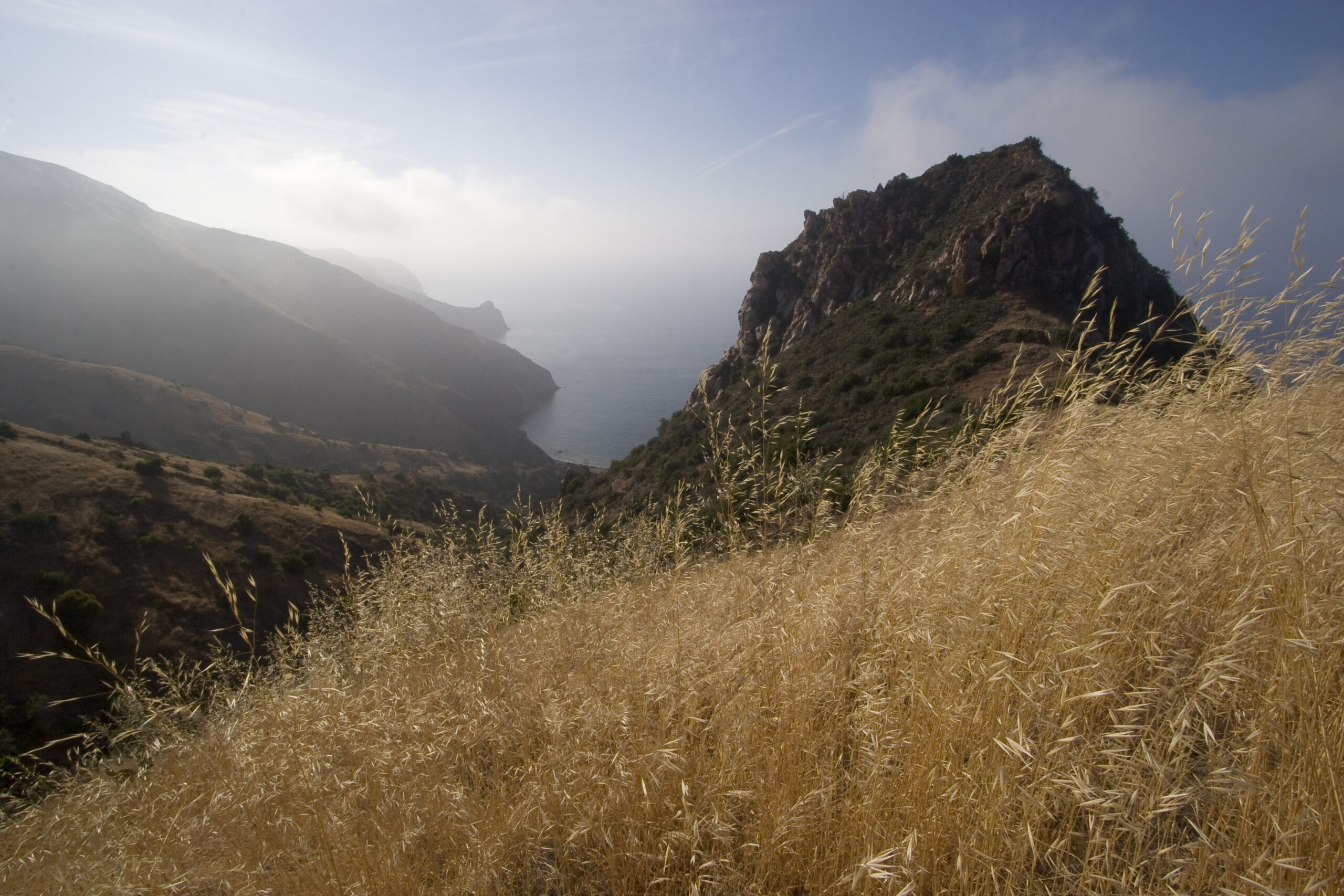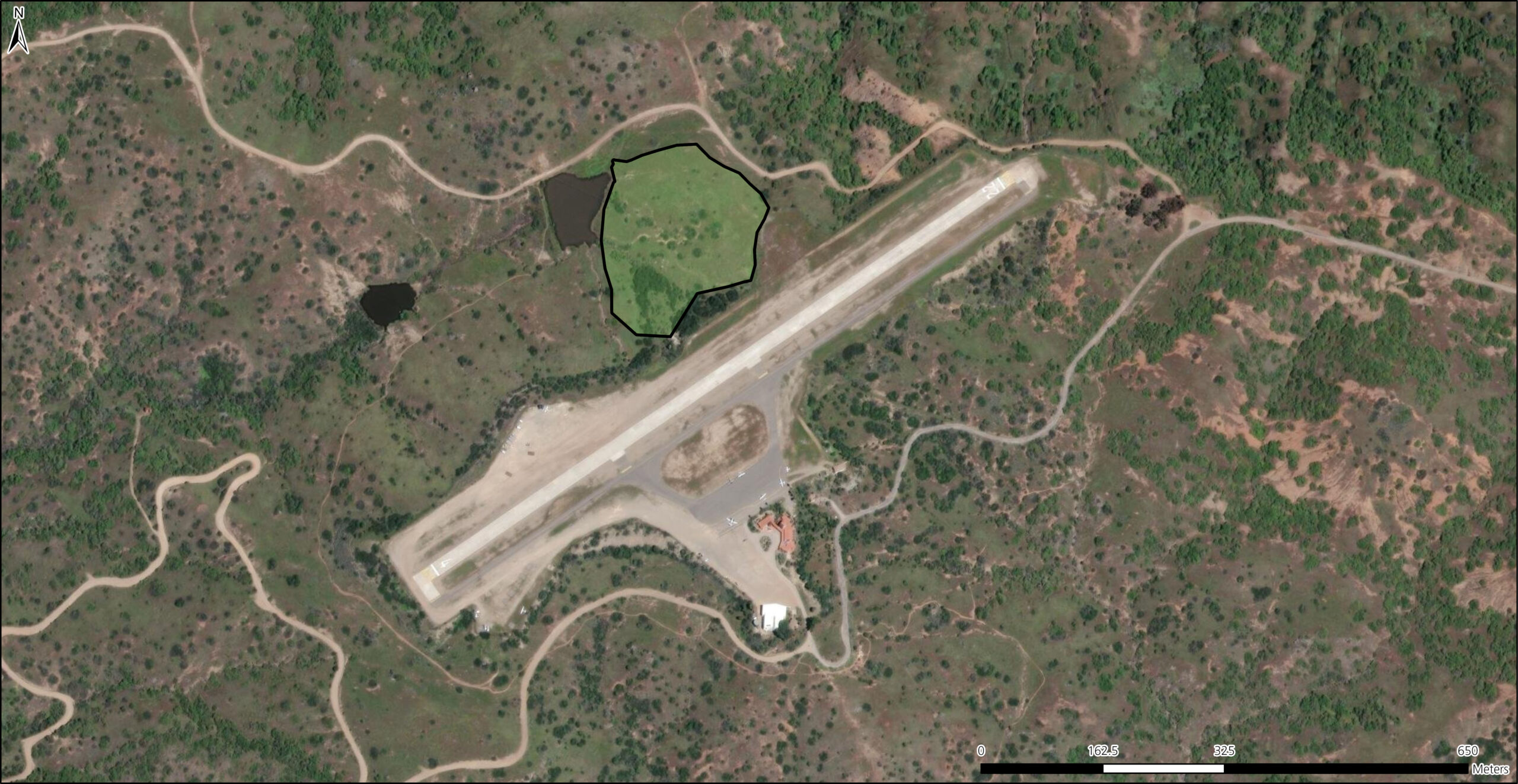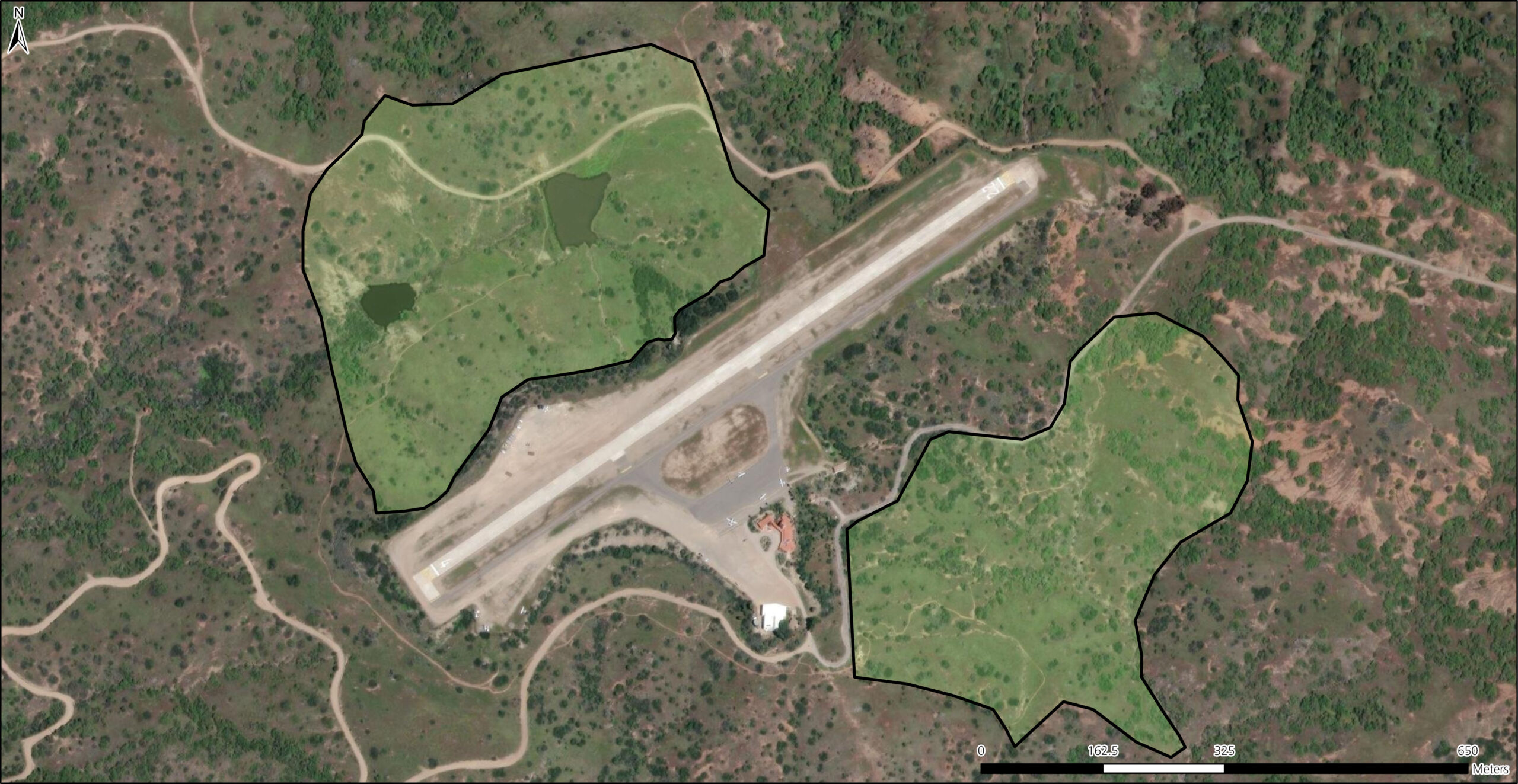Island Restoration
Establish Healthy Land and Water
The goal is to protect soil and restore healthy water cycles, that will protect Catalina’s people, communities, wildlands and wildlife.
Action Plans for Healthy Land and Water
Strong soil prevents erosion, anchors native plants and helps them capture and hold water into the land. Those plants then help replenish groundwater, which also contributes to Avalon’s freshwater supply.
Our Approach
We’re rebuilding Catalina’s natural defenses by restoring soil and water systems. We’ll start with a pilot restoration area for testing before expanding, treating invasive grasses and tracking recovery across the Island.
The Freshwater Connection: Conservation and Community
On Catalina, conservation directly impacts the community. Deep-rooted native plants create channels that allow rainwater to penetrate the ground, while their leaves capture fog moisture. The soil holds this water like a sponge, slowly recharging underground aquifers and Middle Ranch Reservoir—Avalon’s critical freshwater source. What happens in the wild interior directly determines whether water flows to homes and businesses in town.

ACTION PLANS
10-ACRE PILOT RESTORATION AREA AT AIRPORT IN THE SKY
We’re starting at the top to test the full restoration cycle.
- We’ll begin at the top hillsides and plant native seed so it has the potential to move naturally downhill over time by rain and wind.
- The sequence follows a proven restoration model: protect the area → treat invasive plants → plant natives → monitor changes.
- The area is fenced by using 8-foot deer-exclusion fencing with reinforced gates.
- Herbicide testing, seed planting and data collection all happen inside this restoration area, where invasive deer and can’t trample or eat new growth.
- This site helps us refine methods that will later be used across a larger restoration zone.
SCALING UP TO 105 ACRES
Once restoration methods are tested, we expand.
- Once the methods are refined in the 10-acre pilot zone, we’ll expand across 105 acres of high-priority restoration land.
- These areas are chosen because they influence everything downstream, including wildlife habitat, erosion and fire risk.
- In some steep or remote areas, aerial platforms (from helicopter) will be used to safely treat invasive plants without damaging the soil with vehicles or put the safety of staff at risk.
- This phased approach ensures every step is tested before scaling up island-wide and maximizing results.
INVASIVE PLANT TREATMENTS (AND WHY IT’S NECESSARY)
Weeds are winning. But we have a plan.

- We will test herbicides in grids of treatment plots because simply pulling or mowing invasive grasses doesn’t work at the scale we need. They regrow fast, and viable seed can stay in the soil for a long time.
- We are testing three approaches: grass-specific treatment, a broad-spectrum weed treatment and untreated comparison areas so we can measure results.
- Carefully timed, selective herbicides allow us to knock back invasive grasses at key stages, before they flower and reseed.
- Treatments are applied only when weather conditions are safe and are part of a controlled three-year experiment.
- Grid research plots allow side-by-side testing to understand which method reduces flammable weeds most effectively
LANDSCAPE MONITORING ACROSS 60 LONG-TERM PLOTS
Science will show where restoration is working.

- We are revisiting 60 scientific plots across the Island, first established nearly 20 years ago, to measure change in plant cover, the mix of different plants and ground conditions.
- These plots span diverse elevations and habitat types, from grasslands to chaparral, and have been used to track vegetation patterns across Catalina since the early 2000s.
- These sites give us a big-picture view of where recovery is working and where more help is needed.
- The data will help us understand if unique animals are increasing, native plants are returning and invasive weeds are being reduced.
- A consistent method lets us compare today’s island to past years and to other Channel Islands.


